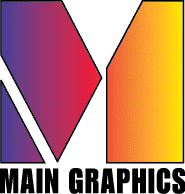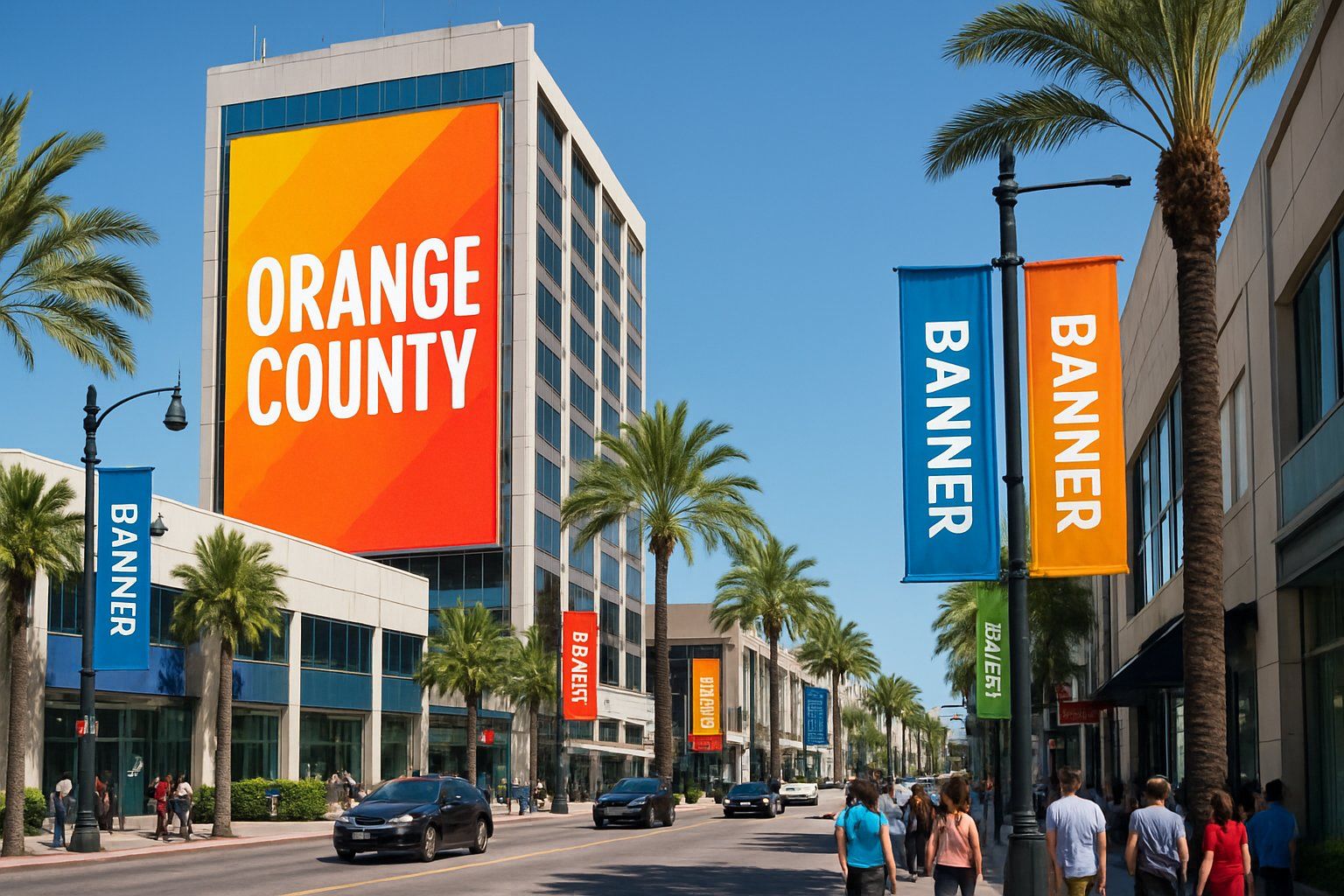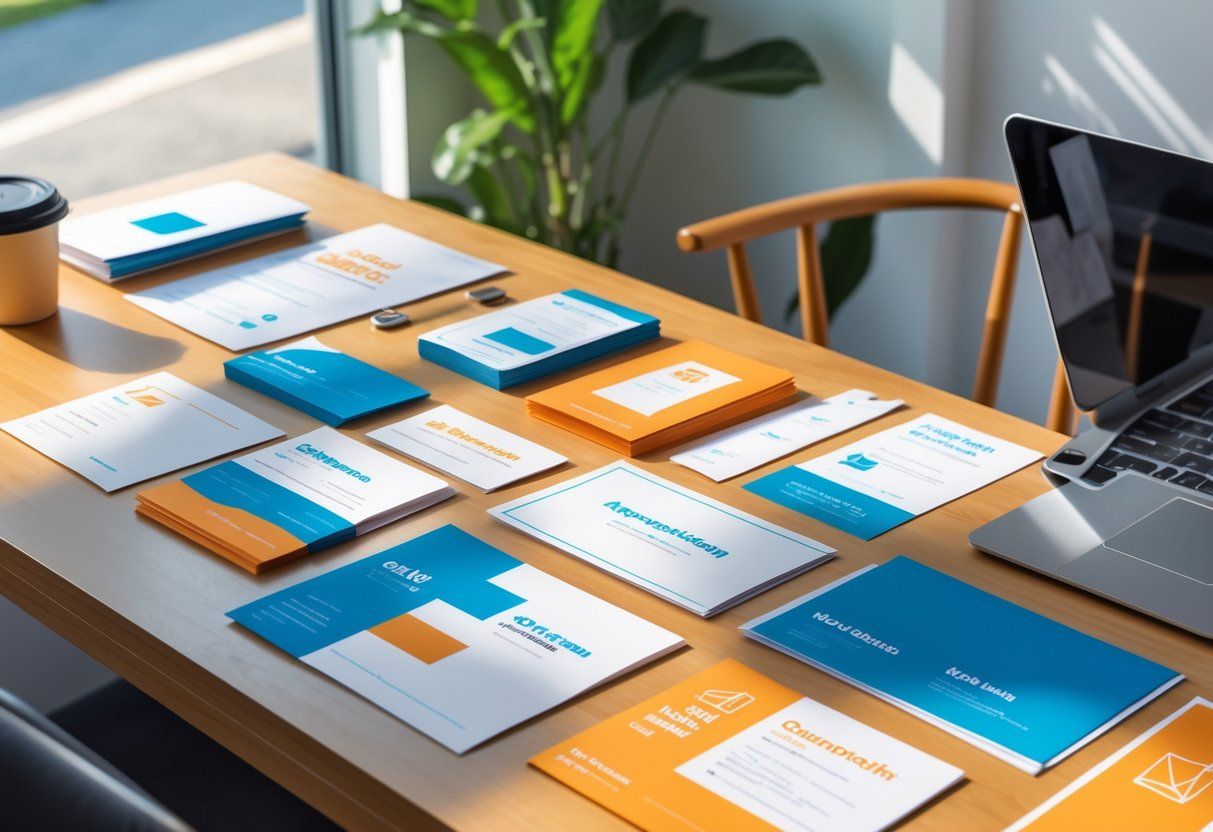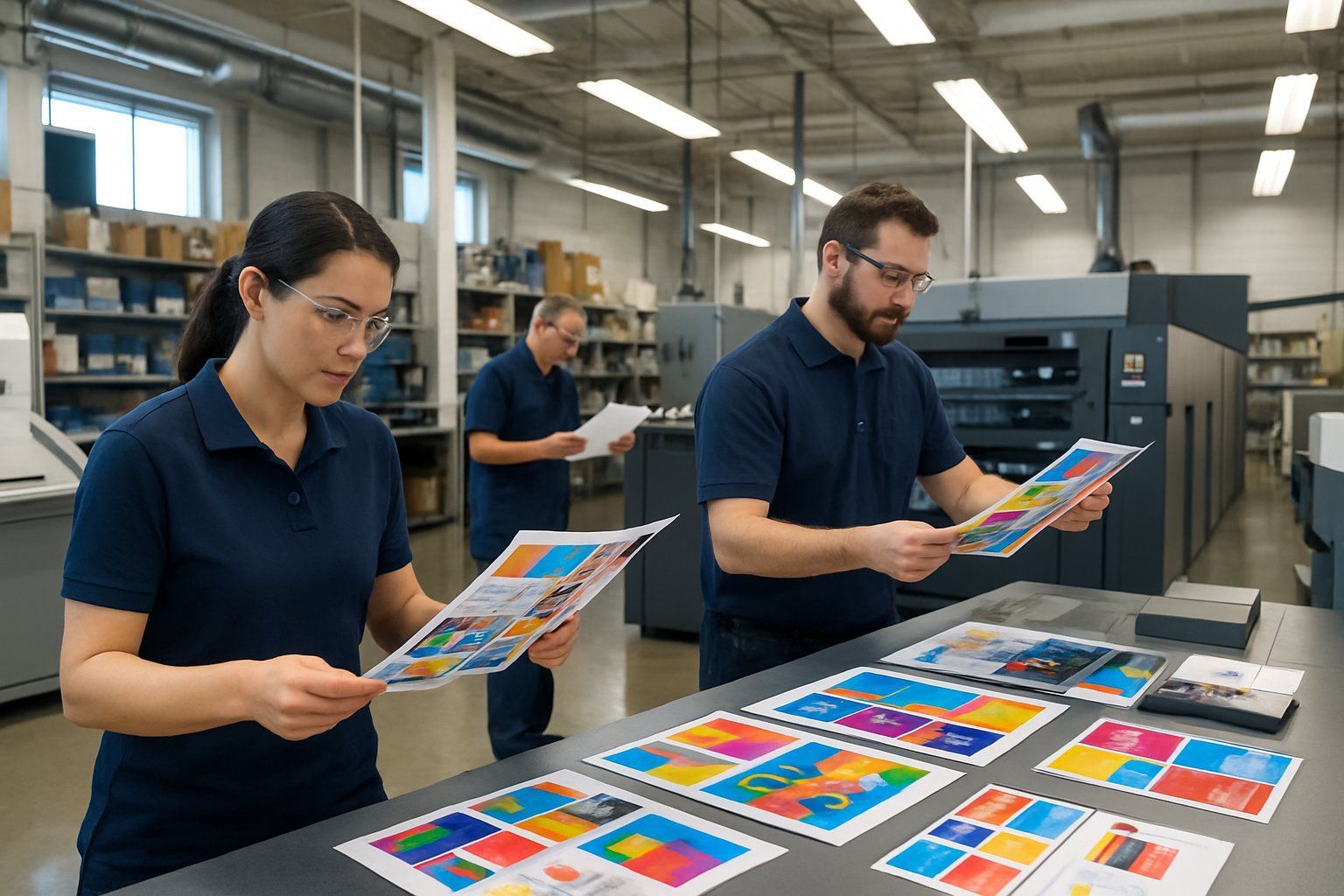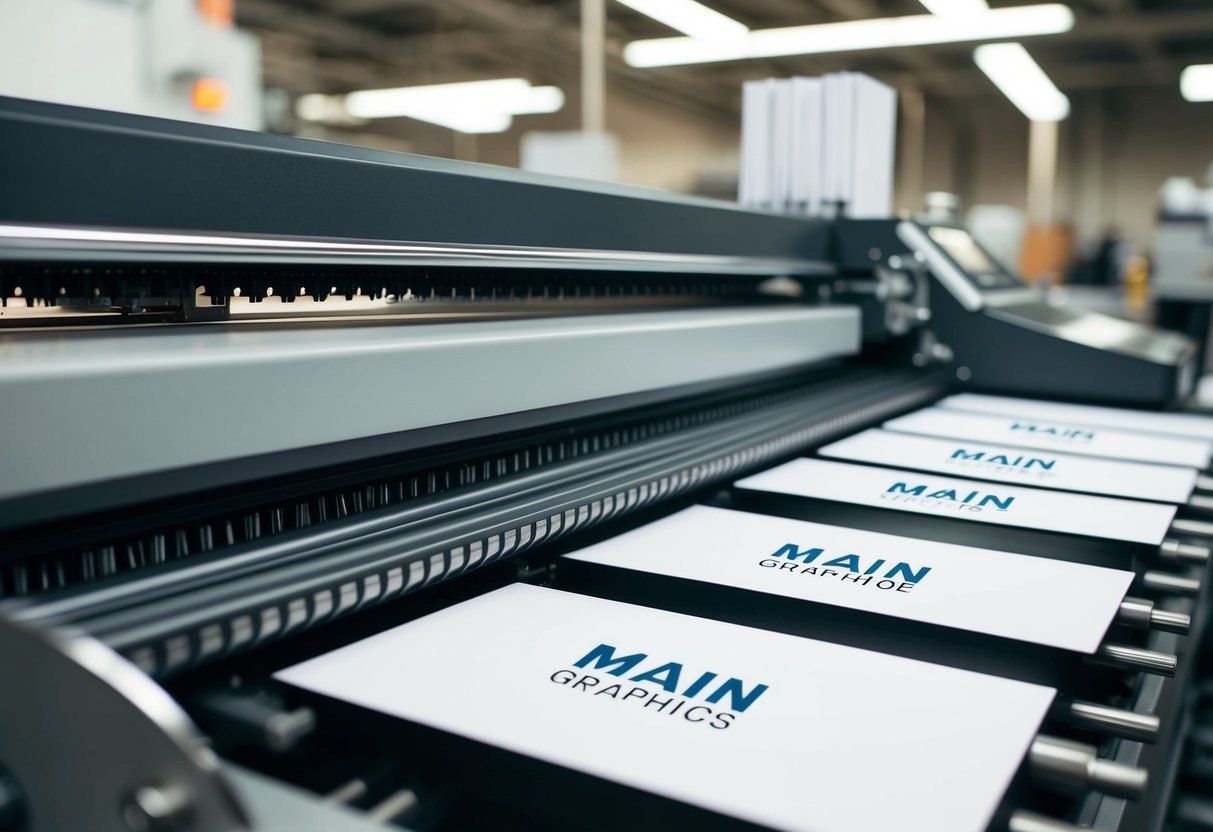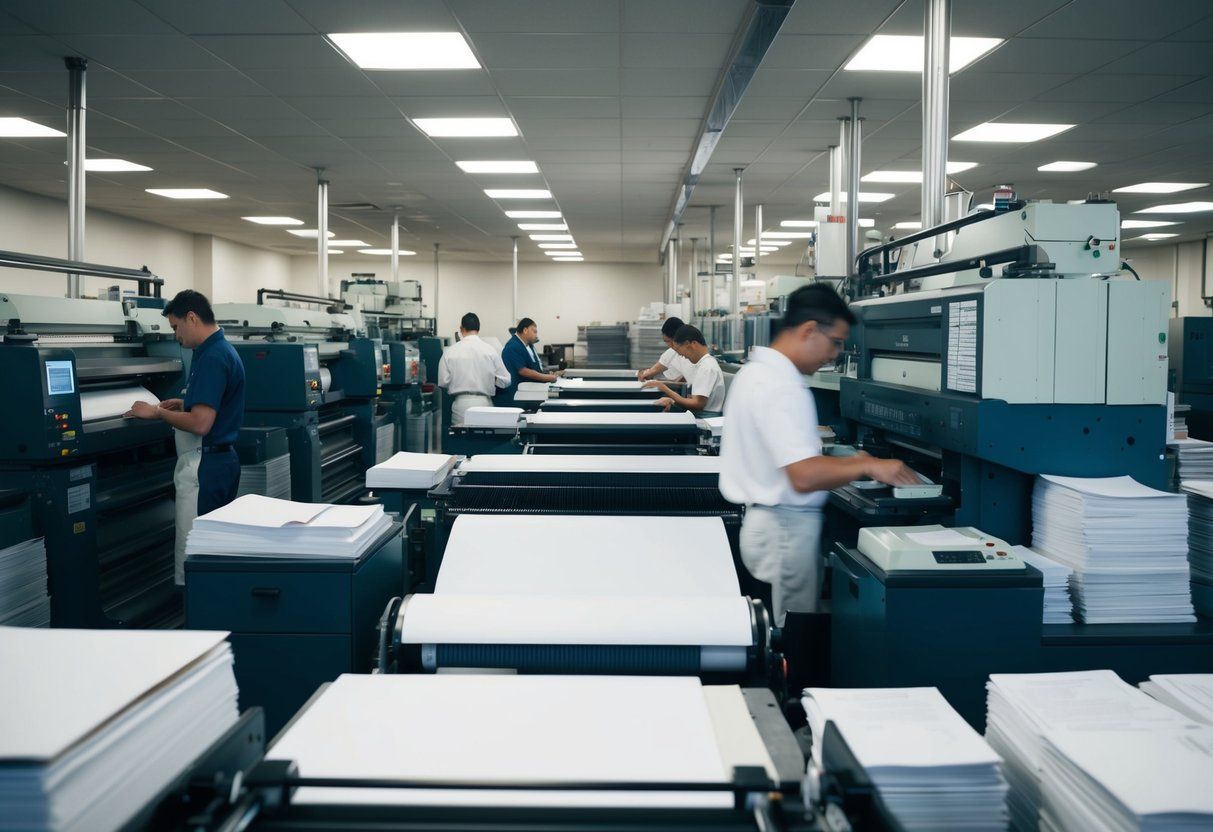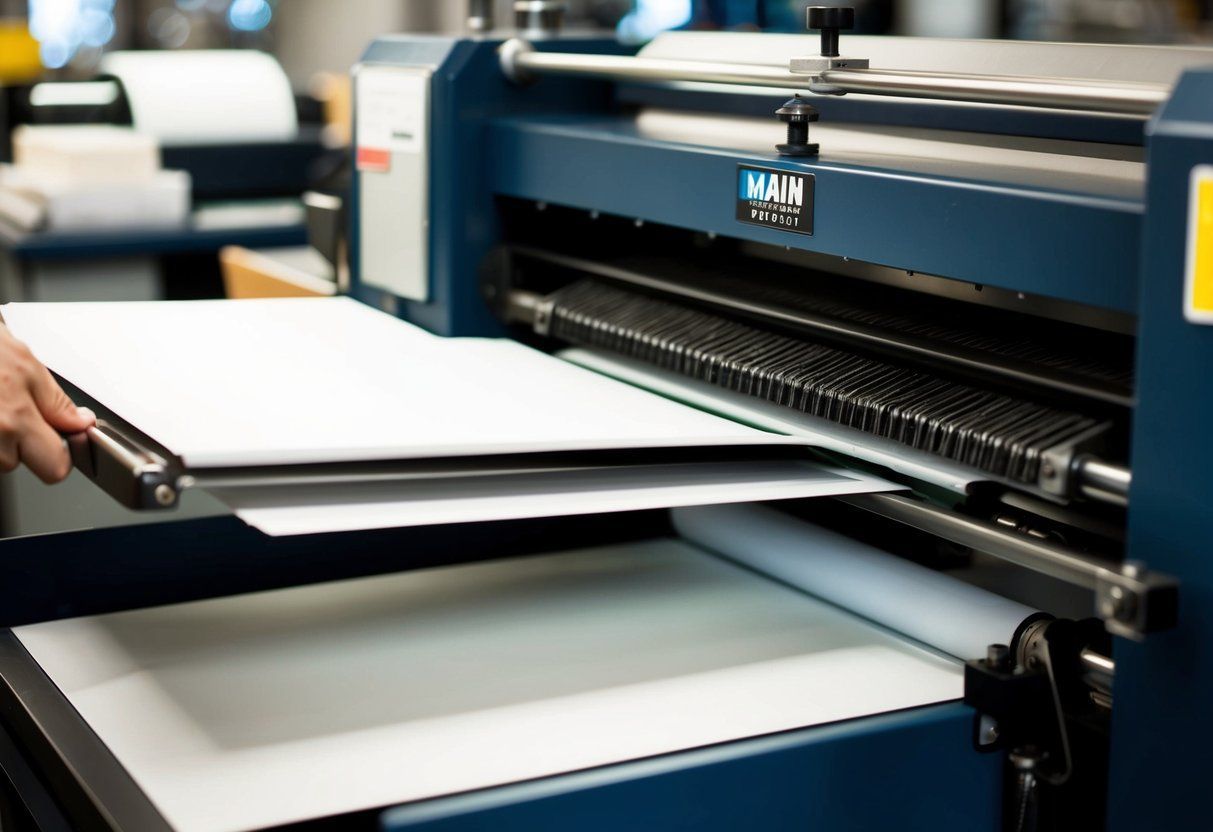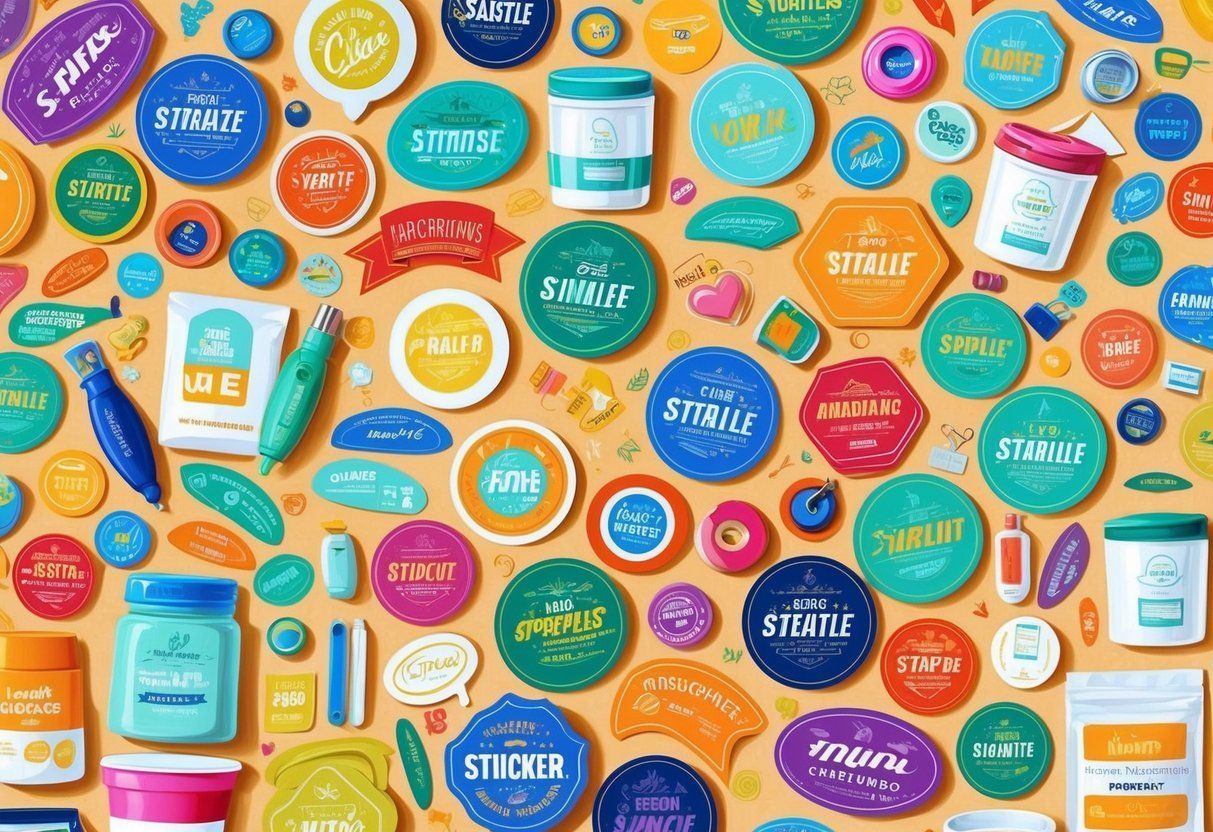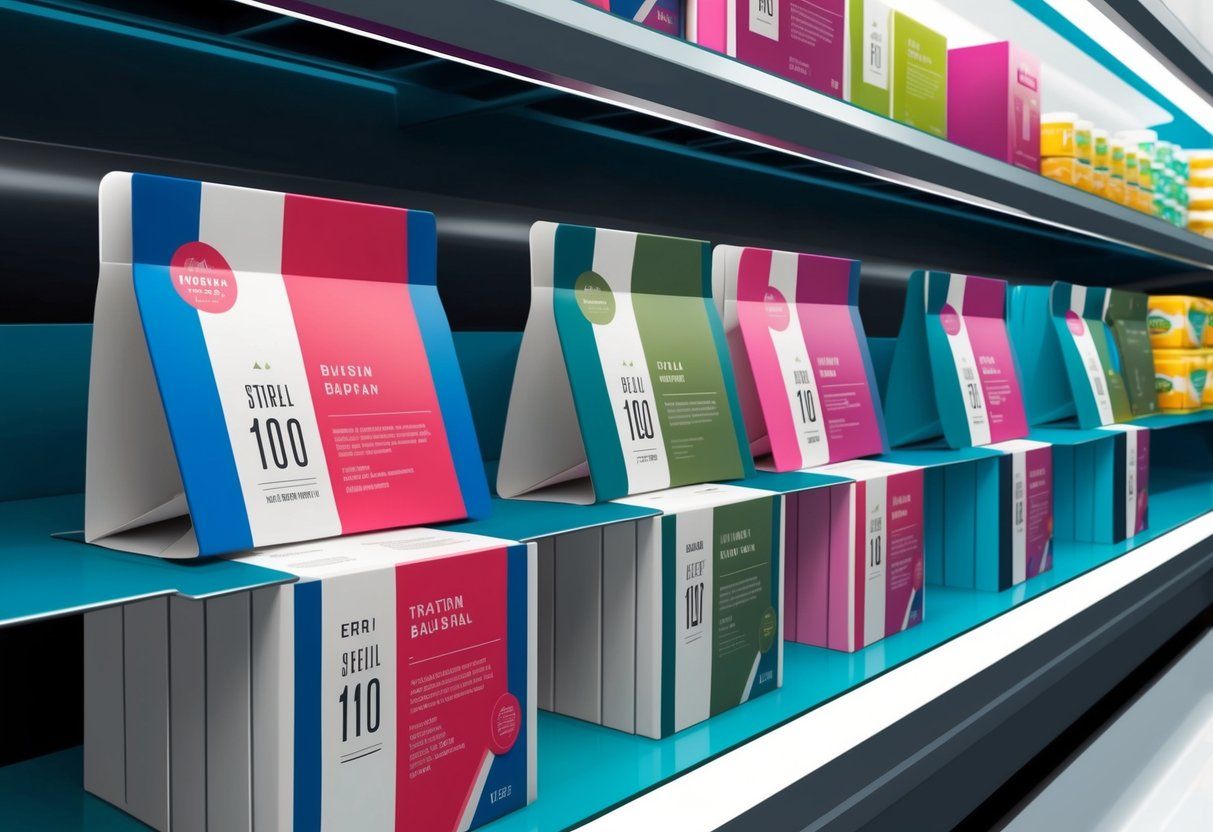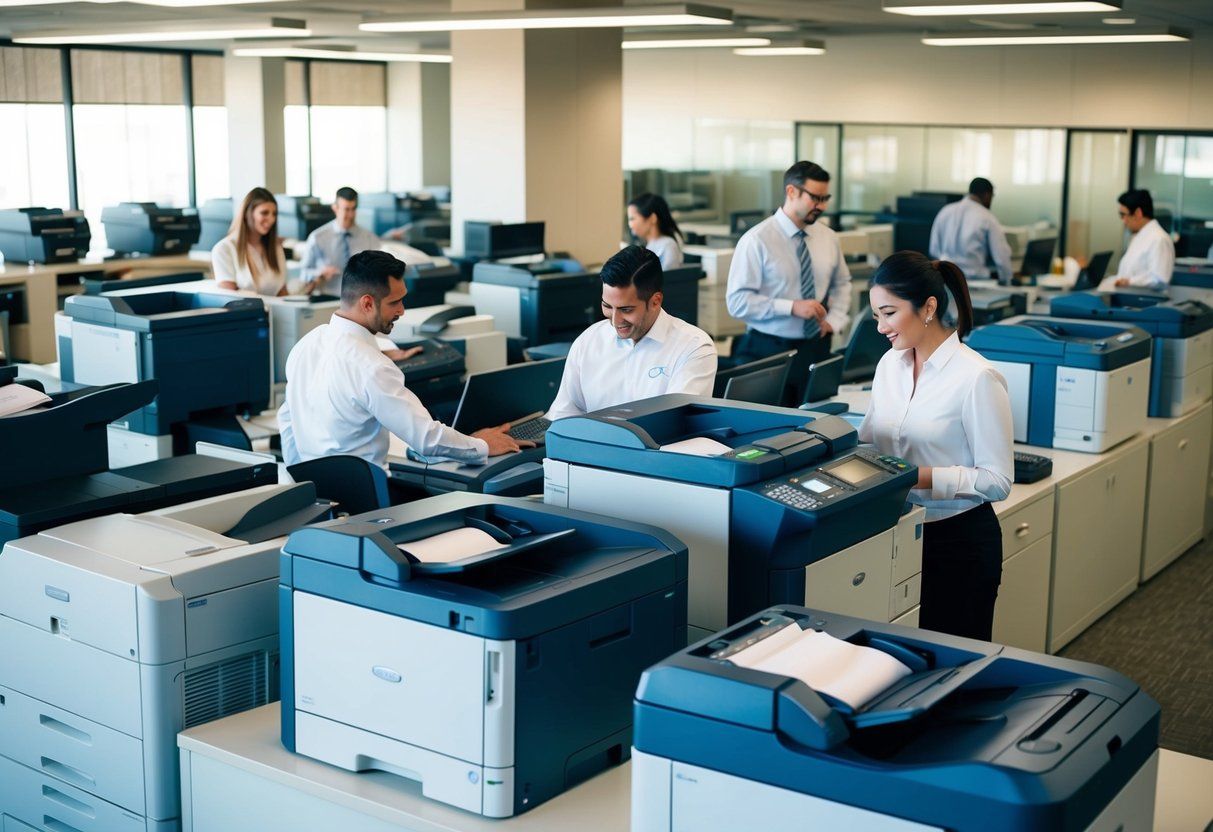How to Choose the Right Paper for Your Printing Needs: A Comprehensive Guide
Choosing the right paper for printing is an essential step in ensuring the quality of your printouts. Whether you are printing personal documents, business presentations, or marketing materials, selecting the right paper can make a significant difference in the final outcome. With so many options available in the market, it can be overwhelming to choose the perfect paper that meets your printing needs.

The first factor to consider when choosing the right paper is the type of printer you are using. Inkjet printers and laser printers have different paper requirements, and using the wrong paper can affect the quality of your printouts. The second factor to consider is the purpose of your printout. For instance, if you are printing a resume or a business proposal, you may want to use a high-quality paper that looks professional and feels substantial. On the other hand, if you are printing flyers or brochures, you may want to use a glossy paper that makes the images and colors pop.
In this article, we will provide a comprehensive guide on how to choose the right paper for your printing needs. We will discuss the different types of paper available in the market, the factors to consider when choosing paper, and tips on how to select the best paper for your specific printing needs. By the end of this article, you will have the knowledge and confidence to choose the right paper for all your printing needs.
Understanding Paper Weight and Types
Paper Weight and Its Impact on Printing
When it comes to choosing the right paper for printing, understanding paper weight is crucial. The weight of paper is measured in pounds or points, and it affects the thickness and stiffness of the paper.
For standard printing paper, the weight typically ranges from 20 to 28 pounds, with 20-pound paper being the most common. Heavier paper, such as cardstock or cover stock, can range from 60 to 100 pounds or more.
It’s important to note that the weight of paper does not necessarily determine its quality. Instead, it’s important to consider the specific needs of the print job and choose a paper weight that will work best for that particular project.
Different Types of Paper for Various Uses
In addition to paper weight, there are also different types of paper that are better suited for specific printing needs.
Text paper, for example, is a lightweight paper that is commonly used for printing documents and letters. It’s available in a variety of colors and finishes, making it a versatile option for many different types of printing projects.
On the other hand, cover paper or cover stock is a heavier paper that is commonly used for printing book covers, business cards , and other materials that require a more durable and professional look.
Other types of paper include tag paper, which is a thick, sturdy paper that is commonly used for printing tags and labels , and specialty papers such as vellum or metallic paper, which can add a unique touch to invitations, cards, and other printed materials.
By understanding the different types of paper and their specific uses, it’s possible to choose the right paper for any printing project.
Selecting the Right Paper Finish

When it comes to choosing the right paper for your printing needs, the finish of the paper is an important factor to consider. The finish refers to the texture and coating of the paper, which affects the way the ink is absorbed and the overall appearance of the printed material.
Coated vs. Uncoated Paper
Coated paper has a layer of coating applied to its surface, which provides a smooth and glossy finish. This type of paper is ideal for printing high-quality images and graphics, as the coating helps to enhance the color and sharpness of the printed material. Coated paper is available in different finishes, such as glossy, satin, and matte.
Uncoated paper, on the other hand, does not have a coating applied to its surface. This type of paper has a more natural and textured feel, which makes it suitable for printing text-heavy documents, such as books and newspapers. Uncoated paper is available in different finishes, such as smooth and textured.
Special Finishes and Their Effects
In addition to coated and uncoated paper, there are also special finishes that can be applied to paper to create unique effects.
Glossy finish is a high-shine finish that creates a reflective surface, which is ideal for printing photographs and images with vibrant colors.
Matte paper has a non-reflective and non-glare surface, which is suitable for printing text-heavy documents and materials that require a more subdued and professional appearance.
Textured paper has a unique surface texture, which can add depth and dimension to printed materials.
When selecting a paper finish, it is important to consider the type of ink that will be used for printing, as some finishes may not be compatible with certain types of ink. It is also important to consider the brightness of the paper, as this can affect the overall appearance of the printed material.
In summary, selecting the right paper finish is an important aspect of choosing the right paper for your printing needs. Coated paper is ideal for printing high-quality images and graphics, while uncoated paper is suitable for text-heavy documents. Special finishes, such as glossy, matte, and textured, can add unique effects to printed materials.
Considering Paper Size and Thickness
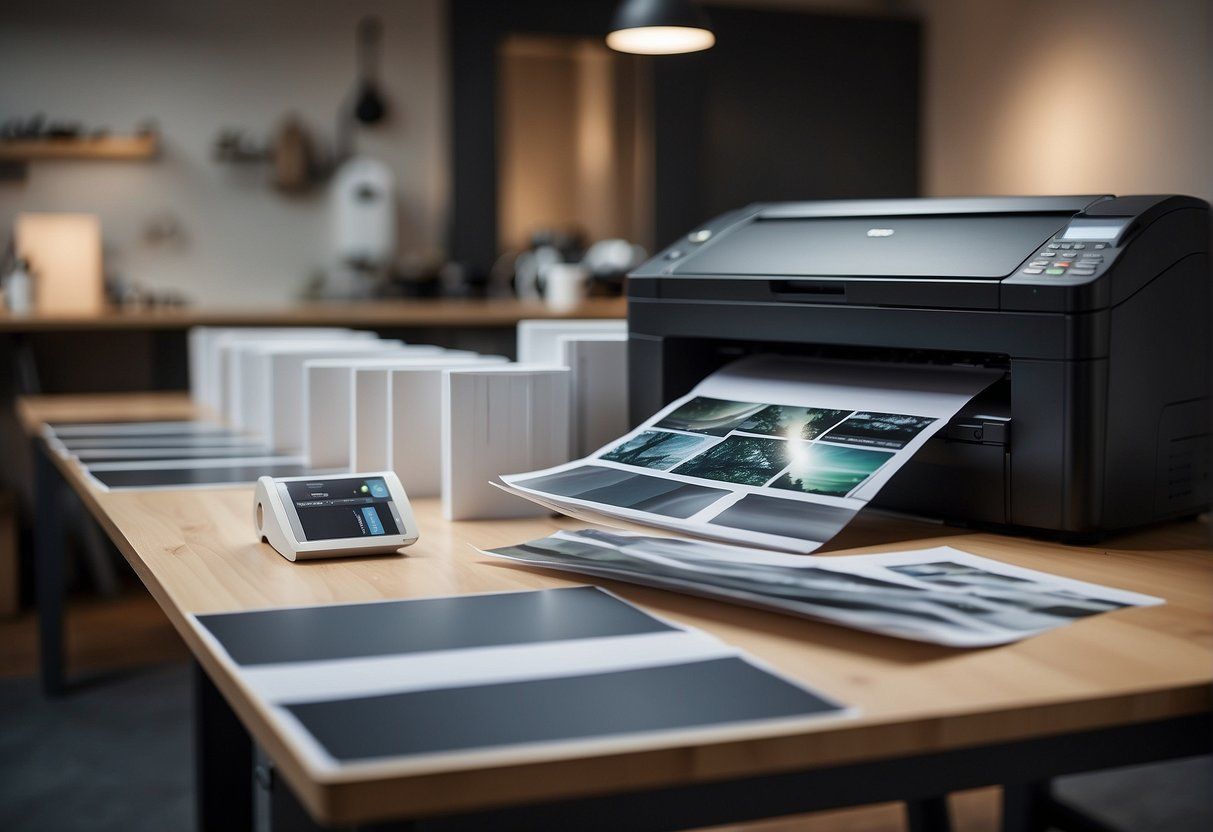
When it comes to choosing the right paper for your printing needs, size and thickness are two important factors to consider. Here are some things to keep in mind:
Standard Paper Sizes for Print Jobs
The most common paper sizes for printing are A4 (8.27 x 11.69 inches) and letter size (8.5 x 11 inches). These sizes are suitable for most printing projects, including business cards, stationery, and posters. However, it’s important to note that some printers may have limitations on the paper size they can handle.
Thickness and Its Role in Durability
The thickness of the paper you choose can have a significant impact on its durability. Generally, the thicker the paper, the more durable it will be. The thickness of paper is measured in grams per square meter (GSM). For reference, standard printer paper is typically around 80 GSM, while business cards are usually printed on paper that is 300 GSM or higher.
When choosing the thickness of your paper, it’s important to consider the intended use of the printed materials. For example, if you’re printing business cards that will be handed out frequently, you may want to choose a thicker paper that will hold up better over time. On the other hand, if you’re printing flyers that will be distributed in large quantities, a thinner paper may be more cost-effective.
By taking into account the standard paper sizes for print jobs and the role of thickness in durability, you can make an informed paper choice that meets your specific printing needs.
Evaluating Print Suitability and Quality

When choosing the right paper for printing needs, it is important to evaluate print suitability and quality. This involves matching the paper to the type of printer being used and assessing factors such as color and brightness.
Matching Paper to Printer Type
Different types of printers require different types of paper. Laser printers, for example, work best with smooth, high-quality paper that is designed to withstand the heat and pressure of the printing process. Inkjet printers, on the other hand, require paper that can absorb ink without bleeding or smudging.
When choosing paper for a specific printer type, it is important to consult the printer manual or manufacturer’s recommendations. This will ensure that the paper is compatible with the printer and will produce the best possible results.
Assessing Color and Brightness
Color and brightness are important factors to consider when choosing paper for printing needs. The brightness of the paper affects the contrast and clarity of the printed text or image, while the color of the paper can impact the overall look and feel of the printed piece.
For business or professional printing jobs, a bright white paper with high opacity is often preferred as it provides sharper detail and better contrast. For photographs or invitations, a paper with a softer color or texture may be more suitable.
When choosing paper based on color and brightness, it is important to consider the intended use of the printed piece and the desired aesthetic.
Overall, evaluating print suitability and quality is an important step in choosing the right paper for printing needs. By matching the paper to the printer type and assessing factors such as color and brightness, individuals can ensure that their printed pieces are of the highest quality and most suitable for their intended use. Additionally, choosing sustainable paper options can help minimize environmental impact while still producing high-quality prints.
Balancing Cost and Quality for Your Project
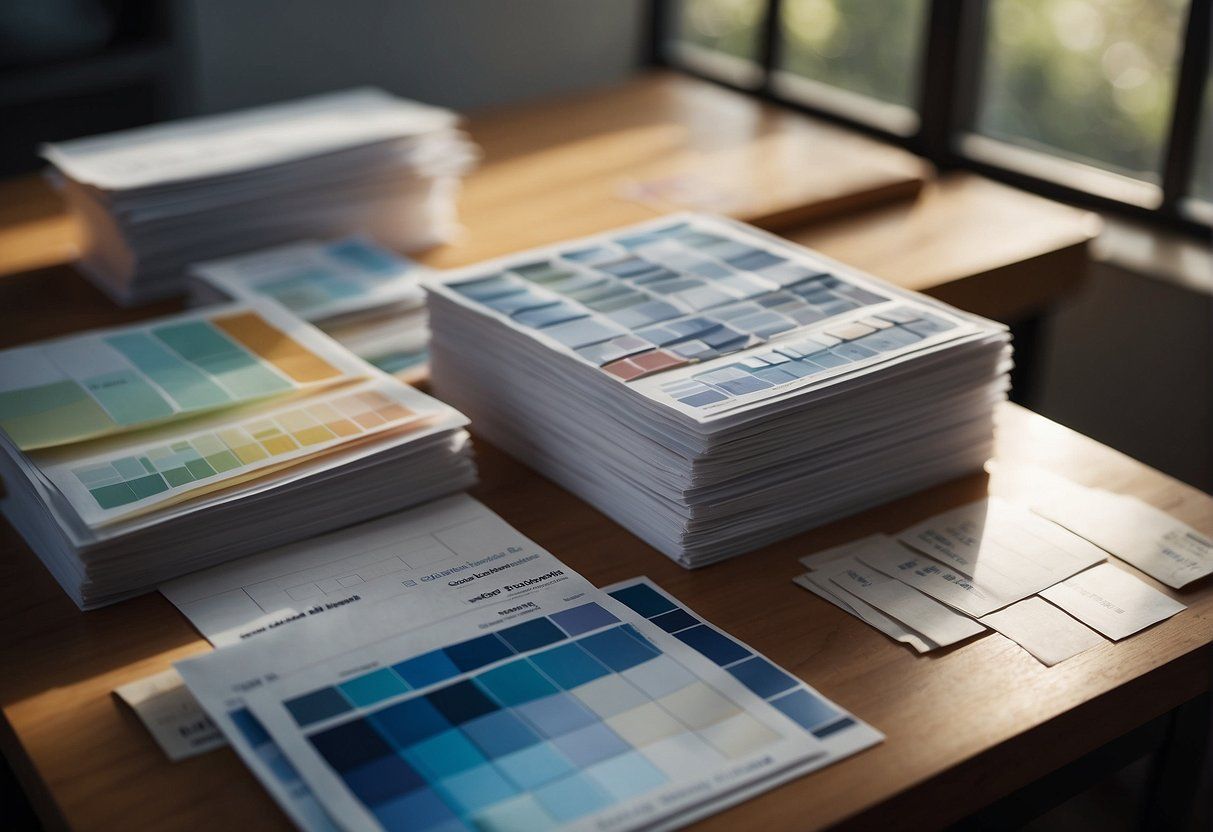
When it comes to choosing the right paper for your printing needs, balancing cost and quality is crucial. This section will provide some tips on how to find the perfect balance for your project.
Budget-Friendly Paper Options
If you’re on a tight budget, there are still plenty of options available that won’t break the bank. Lightweight paper is a good choice for marketing materials such as flyers and newsletters. It’s also great for printed pieces that require folds or grain. Recycled paper is another budget-friendly option that’s also environmentally friendly. It’s perfect for promotional materials such as table tents.
High-Quality Papers for Premium Projects
For premium projects such as business cards and brochures, high-quality paper is a must. Specialty paper such as linen or cotton can add a touch of elegance to your marketing materials. These papers are also great for printed pieces that require folds or grain. If you’re looking for a paper that’s durable and can withstand wear and tear, consider using a heavier weight paper. This will give your promotional material a premium feel.
When choosing the right paper for your printing needs, it’s important to keep your budget and requirements in mind. By balancing cost and quality, you can create marketing materials that are both effective and affordable.
Frequently Asked Questions

What factors should be considered when selecting paper for printing projects?
When choosing paper for printing projects, it is important to consider factors such as the type of printer being used, the intended use of the printed material, the desired finish, and the paper weight. Different printers have different paper requirements, and certain types of paper are better suited for specific uses, such as business documents, photographs, or art prints.
How does paper weight impact the quality of printed materials?
Paper weight is an important factor to consider when selecting paper for printing. Heavier paper typically produces higher quality prints, as it is less likely to wrinkle or curl during the printing process. However, heavier paper can also be more expensive and may not be suitable for all types of printers.
What are the differences between paper finishes, and which is best for professional documents?
There are several different paper finishes to choose from, including glossy, matte, and satin. Glossy finishes are typically best for photographs and other high-quality images, while matte finishes are better suited for text-heavy documents. Satin finishes offer a compromise between the two, providing a subtle shine while still being easy to read.
What is the optimal paper size for printing various types of documents?
The optimal paper size for printing depends on the type of document being printed. For standard business documents, such as letters and memos, 8.5 x 11 inch paper is typically used. For larger documents, such as posters or banners , larger paper sizes may be required.
Which paper types are recommended for high-quality digital art prints?
When printing digital art, it is important to choose a paper that will accurately reproduce the colors and details of the original image. Fine art papers, such as those made from cotton or alpha cellulose fibers, are typically best for digital art prints.
What should I look for in paper when intending to print on both sides?
When printing on both sides of a sheet of paper, it is important to choose a paper that is thick enough to prevent ink from bleeding through to the other side. Double-sided printing also requires paper that is smooth and even, to ensure that the ink is distributed evenly across both sides of the page. Look for paper that is specifically designed for double-sided printing.…
